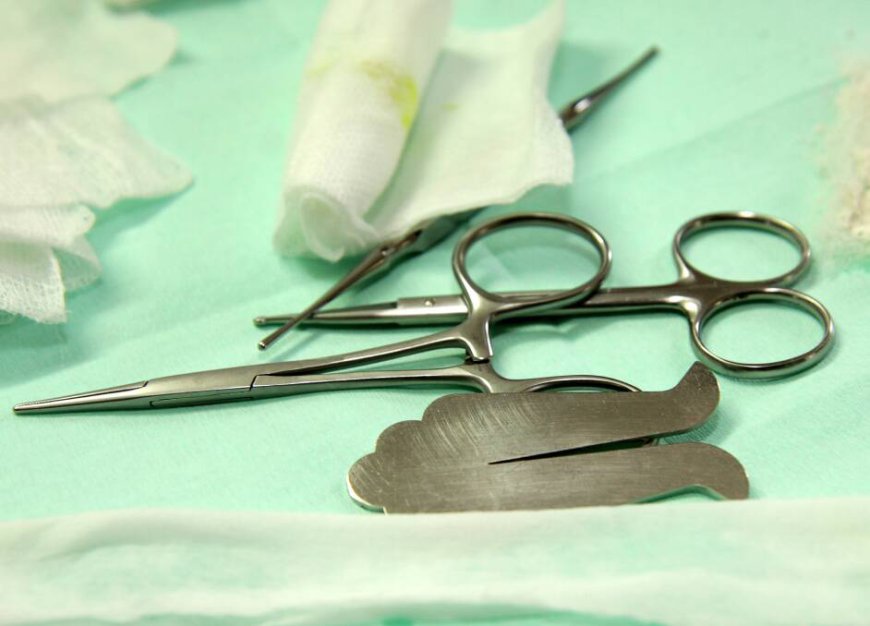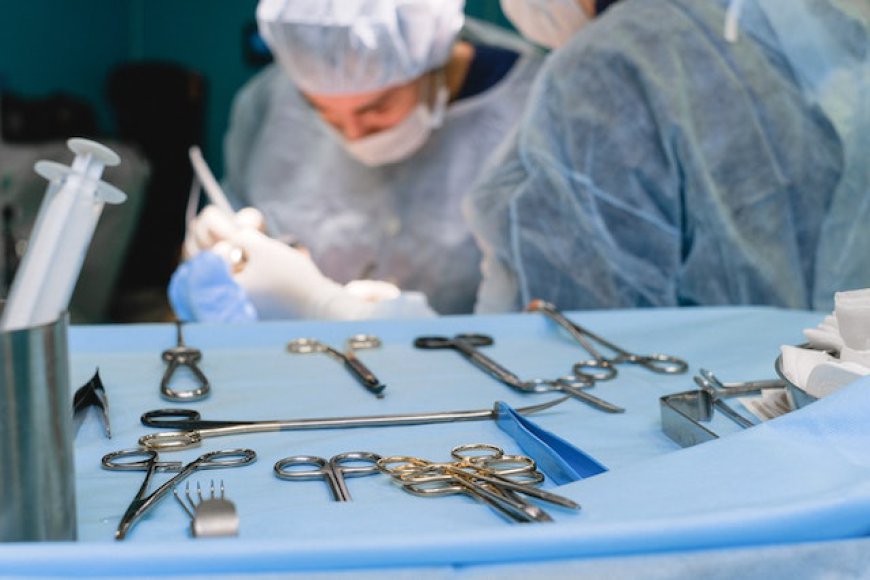How painful is Male Circumcision recovery?
Male Circumcision in Dubai

Male circumcision is a surgical procedure that involves the removal of the foreskin from the penis. While the procedure itself can be performed for medical, cultural, or religious reasons, the recovery process plays a significant role in how the individual experiences the procedure. In cities like Dubai, Male circumcision in Dubai is increasingly performed in both medical and religious contexts, and understanding the recovery process is essential for anyone undergoing the procedure. This article delves into the pain and discomfort typically experienced during the recovery period following male circumcision in Dubai.
Understanding the Circumcision Procedure
Male circumcision involves the removal of the foreskin, which covers the head of the penis. In most cases, the procedure is done under local anesthesia, meaning the patient remains awake but does not feel the pain during the operation. However, once the anesthesia wears off, pain and discomfort may arise as the area begins to heal. In Dubai, the procedure is often carried out by experienced urologists or specialized surgeons, ensuring a high level of medical care.
For those considering circumcision, it is crucial to understand that the recovery process can be different for each individual, depending on factors such as age, overall health, and how well the surgical site is cared for. Generally, recovery after male circumcision in Dubai can be uncomfortable and involves a period of rest and aftercare.

The Pain During the Recovery Process
The recovery process following male circumcision can be characterized by varying degrees of pain and discomfort. Immediately after the procedure, individuals may experience a sensation of tightness and soreness in the genital area. The pain can last for a few days to a week, and it is generally described as mild to moderate, although some individuals may find it more intense. Pain management strategies are often provided by doctors in the form of over-the-counter pain relievers, and in some cases, stronger prescription medications may be necessary.
The initial pain often diminishes after the first few days, but it is not uncommon for mild soreness to persist for up to two weeks. The healing process can involve minor swelling and redness around the surgical site, but this is typically temporary and part of the natural healing process. Many people experience pain when walking or engaging in physical activity during the early stages of recovery, which is why doctors generally recommend avoiding strenuous exercise until the area is fully healed.
Common Symptoms Post-Surgery
After undergoing circumcision, some swelling and bruising around the surgical site can occur. These symptoms are usually temporary and subside within a few days to a week. Other common side effects during recovery include:
- Redness or irritation: The area may appear slightly red or irritated, which is a normal part of the healing process.
- Scabbing: Small scabs may form as the wound heals. These scabs should not be picked at, as doing so could disrupt the healing process and increase the risk of infection.
- Discomfort during urination: It is possible to feel discomfort or a mild burning sensation when urinating, especially in the first few days after the procedure.
For most people, these symptoms gradually subside as the wound heals. However, if any signs of infection—such as excessive redness, pus, or a fever—appear, it is essential to consult a doctor immediately.
Factors Influencing Recovery Pain
The pain and discomfort experienced during recovery can be influenced by several factors. The skill of the surgeon performing the procedure, the patient's general health, and how well the aftercare instructions are followed all play a role in how painful the recovery process will be.
Age
In general, older individuals may experience more discomfort during recovery due to slower healing times and other age-related factors. Younger individuals, especially children, may recover more quickly with less pain, as their bodies tend to heal faster.
Surgical Technique
There are different techniques for performing circumcision, and the technique used can influence recovery pain. The method of circumcision used in Dubai is typically a modern, minimally invasive technique that promotes quicker healing and less pain compared to older methods. If complications arise during the surgery, such as excessive bleeding or infection, recovery pain may be more severe.
Aftercare
Proper aftercare plays a critical role in how painful the recovery will be. It is essential to follow the doctor’s instructions closely, including keeping the area clean and dry. Failure to follow aftercare guidelines could lead to complications such as infection, which can prolong recovery and intensify pain.
Infection and Complications
While rare, infections or other complications can extend the healing time and cause additional pain. Infection can cause swelling, increased pain, and potentially more serious issues if not addressed. A prompt visit to the doctor for follow-up care can help minimize the risk of infection and ensure the healing process remains on track.
Managing Pain During Recovery
Managing pain is an essential part of the recovery process. Pain medications, such as over-the-counter anti-inflammatory drugs, are typically prescribed or recommended by the surgeon to alleviate pain and swelling. For those who experience more severe pain, stronger medications may be given to ensure a comfortable recovery. It is essential not to ignore the pain, as unmanaged pain can negatively affect the healing process.
In addition to medications, applying cold compresses to the affected area can help reduce swelling and provide temporary relief from discomfort. However, it is essential to avoid applying anything too cold directly to the skin, as it could cause frostbite or irritation.
What to Expect During the Healing Period
The initial healing period following male circumcision typically lasts about one to two weeks, with most men reporting that they are able to return to their regular activities after this time. However, full recovery can take up to six weeks. During this time, the pain and discomfort will gradually decrease as the body heals.
During the first few days after the procedure, it is important to rest and avoid physical activities that could strain the area. Doctors recommend avoiding sexual activity for at least four to six weeks to prevent any strain on the surgical site and to allow the area to heal properly.
Signs of Complications
While most circumcisions heal without significant issues, complications can occur. It is important to be vigilant and look out for warning signs of complications, including:
- Excessive swelling: If the swelling becomes more pronounced or does not subside within a few days, it could be a sign of infection or other issues.
- Excessive bleeding: A small amount of bleeding is normal, but if bleeding persists or is heavy, it is a cause for concern.
- Fever: A fever may indicate an infection, and it is essential to contact a doctor immediately if this occurs.
- Discharge or pus: Any unusual discharge from the surgical site should be examined by a healthcare provider.
If any of these signs are observed, it is essential to seek medical attention promptly.
Conclusion:
Male circumcision in Dubai is a commonly performed procedure with a well-established recovery process. While the pain and discomfort during the recovery period can vary from person to person, understanding what to expect can help individuals prepare for the healing process. Proper pain management, rest, and following aftercare instructions closely are essential to minimize discomfort and avoid complications. By taking the necessary precautions and seeking medical advice when needed, most men can expect a smooth recovery from male circumcision in Dubai.

 Muhammad Ahmadz
Muhammad Ahmadz